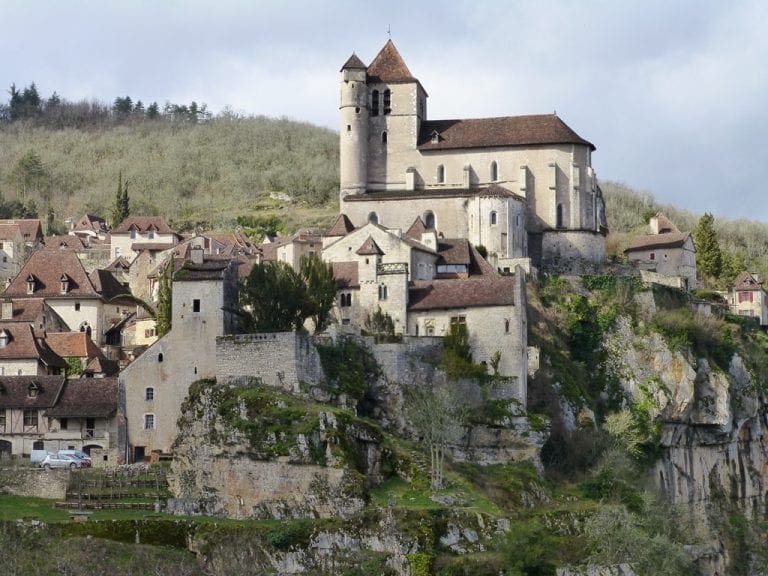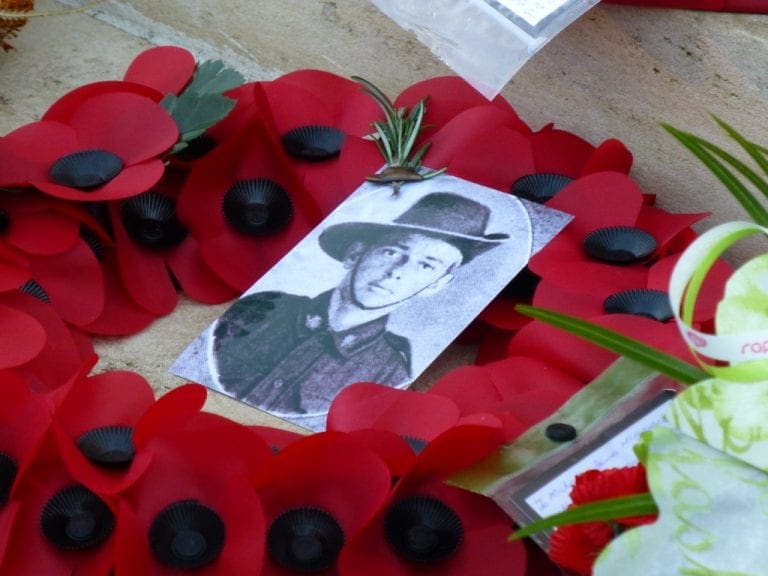I am d’Artagnan
 |
I am the real character that Dumas made famous.I was born in south-western France. I went to Paris in the 1630s, and found a way to enter into the Musketeers in 1632, perhaps thanks to the influence of his family’s friend, Monsieur de Tréville. While in the Musketeers, d’Artagnan sought the protection of the influential Cardinal Mazarin, France’s principal minister since 1643. In 1646, the Musketeers company was dissolved, but d’Artagnan continued to serve his protector Mazarin. |
| Statue of d’Artagnan on the Dumas monument in Paris. |
My name is Charles Ogier de Batz de Castelmore, Comte d’Artagnan. Alexandre Dumas made me famous as the principle character in his serialized adventure stories – The Three Musketeers (set in 1625), Twenty Years After (set in 1648), The Vicomte de Bragelonne, Ten Years Later, Louise de la Vallière and The Man in the Iron Mask (these last 4 set between 1660 and 1673). Dumas was basically a playwright and understood the need for a compelling story set in a interesting backdrop. He used history as a backdrop introduced high adventure historical novels to the world. Before Dumas, historical works were more boring facts and figures. Dumas gave us imagined dialogue and adventure to weave real people into history.

Charles de Batz de Castelmore d’Artagnan |
In ‘The Three Musketeers’, Dumas uses this history to create a rollicking (those wise character) who befriends the three musketeers (Athos – whose actual name was Armand de Sillegue d’Athos d’Autevielle, Porthos and Aremis – whose real name was Henri d’Aramitz). D’Artagnan is not initially a Musketeer. In this novel, we see played out the rivalry between King Louis XIII, the more powerful Cardinal Richelieu, Anne of Austria (Queen of France and disliked by king, cardinal and country), Duke of Buckingham (prime minister of England and Anne’s lover) – all real characters, and am I the hero of it all. A few other villains are thrown in to keep it all moving and humour added to relieve the tension. I dash all over the country-side thwarting the dastardly Cardinal’s plans. Dumas’ skill makes the plot of the story so interesting and exciting that you hardly notice the backdrop of history. Dumas was not an historian. For ‘The Three Musketeers’ and its sequels (that all star me) and ‘The Count of Monte Christo’, the historical background and the plot were drafted by Auguste Maquet. Dumas added dialogue, details and final chapters. (A bit like Gilbert and Sullivan.) Maquet took Dumas to court to try to get authorial recognition and a higher rate of payment for his work. He was successful in getting more money, but not a byline.In the early part of ‘Three Musketeers’ d’Artagnan is living in number 12 Rue des Fossoyeurs and Athos around the corner in Rue Ferou. These are parallel roads the run into the northern end of the Luxemourg gardens (that also featured as a ‘place for duels’). Rue des Fossoyeurs (grave digger’s street) was renamed to Rue Servandoni in 1806. Many of the streets in the neighbourhood get a mention as does the huge Saint-Sulpice church.
I, d’Artagnan, am without doubt the main character that makes his way though the thousands of pages of French history. The other three are my fellow Musketeers: Athos (who sticks closely to his creed of honour), Aremis (who is very cunning and crafty) and Pothos (a strong man, not the sharpest tool in the shed). But I, d’Artagnan, am the wise strategist. In later books in the series, I have become Captain of the Musketeers. As captain, I would have had a great deal to do with occasions such as this below. |
 |
The Reception for Prince Conde at VersaillesPicture held at Musée d’Orsay |













